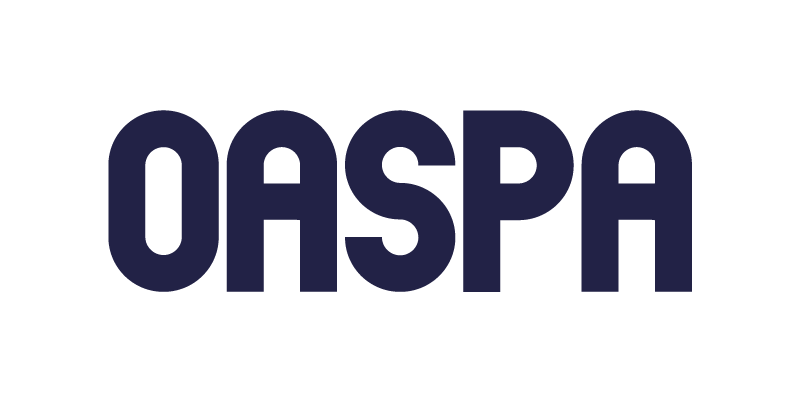Thermal Osmosis of Mixtures of Water and Organic Compounds through Different Membranes
DOI:
https://doi.org/10.31699/IJCPE.2016.2.7Keywords:
thermal osmosis, wastewater solutionAbstract
The present work aimed to study the efficiency of thermal osmosis process for recovery of water from organic wastewater solution and study the factors affecting the performance of the osmosis cell. The driving force in the thermo osmosis cell is provided by a difference in temperature across the membrane sides between the draw and feed solution. In this research used a cellulose triacetate (CTA), as flat sheet membranes for treatment of organic wastewater under orientation membrane of active layer facing feed solution (FS) and draw solution (DS) is placed against the support layer. The organic materials were phenol, toluene, xylene and BTX (benzene, toluene, and xylene) used as feed solution. The osmotic agent in draw solution was sodium chloride salt. The membranes have high rejection percentage for NaCl and organic materials. In this research, the operating conditions that have been studied are: temperature of draw and feed solution (18 – 45 °C) and the operating time of process was (0 – 3) hours. It was found that water flux in thermal osmosis process increases with increasing temperature of draw and feed solution ( by average ratio 1:2), and decreases with increasing operating time.
Downloads
Published
Issue
Section
License
Copyright (c) 2023 Iraqi Journal of Chemical and Petroleum Engineering

This work is licensed under a Creative Commons Attribution-NonCommercial 4.0 International License.












